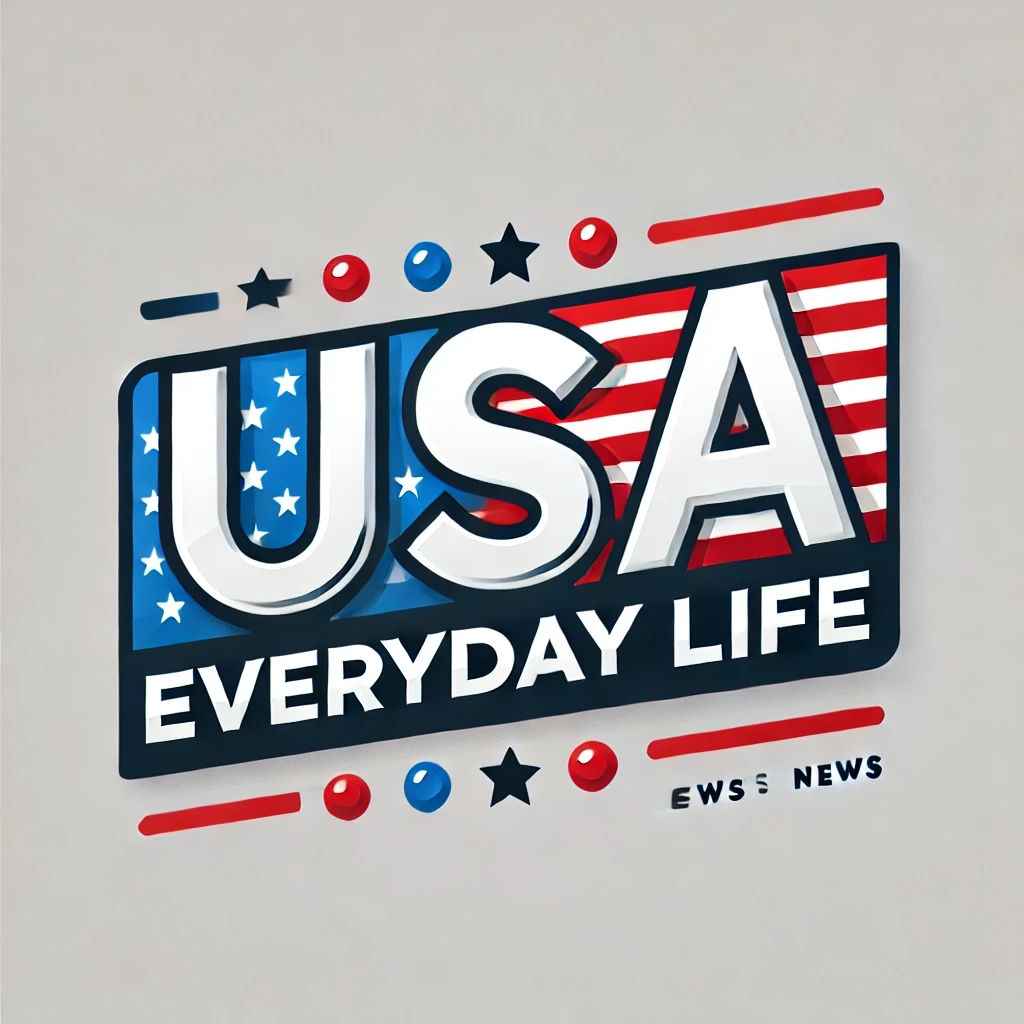Inflation perked up more than anticipated in January, providing further incentive for the Federal Reserve to hold the line on interest rates.
The consumer price index, a broad measure of costs in goods and services across the U.S. economy, accelerated a seasonally adjusted 0.5% for the month, putting the annual inflation rate at 3%, the Bureau of Labor Statistics reported Wednesday. They were higher than the respective Dow Jones estimates for 0.3% and 2.9%. The annual rate was 0.1 percentage point higher than December.
Excluding volatile food and energy prices, the CPI rose 0.4% on the month, putting the 12-month inflation rate at 3.3%. That compared with respective estimates for 0.3% and 3.1%. The annual core rate also was up 0.1 percentage point from December.
Markets tumbled following the news, with futures tied to the Dow Jones Industrial Average sliding more than 400 points while bond yields scaled sharply higher.
“The ‘wait and see’ Fed is going to be waiting longer than anticipated after a red-hot January CPI inflation report,” wrote Josh Jamner, investment strategy analyst at ClearBridge Investments. “This report puts the final nail in the coffin for the rate cut cycle, which we believe is over.”
Shelter costs continued to be a problem for inflation, rising 0.4% on the month and accounting for about 30% of the entire increase, the BLS said. Within the category, a metric in which homeowners estimate what they could get if they rented their homes increased 0.3% on the month and was up 4.6% on an annual basis.
“Shelter costs continue to be the main driver of core inflation as higher mortgage rates push more Americans into a rental market in which vacancy rates are near record lows,” said Erik Norland, chief economist at CME Group. “Traders appear to believe that today’s data make additional Fed cuts less likely than they had expected previously.”
Food prices jumped 0.4%, pushed by a 15.2% surge in egg prices related to ongoing problems with avian bird flu that have forced farmers to destroy millions of chickens. The bureau said it was the largest increase in egg prices since June 2015 and it was responsible for about two-thirds of the rise in food-at-home prices. Egg prices have soared 53% over the past year.
Nonalcoholic beverages posted a 2.2% gain over the past 12 months, while in January tomatoes fell 2% and other fresh vegetables declined 2.6%.
New vehicle prices were flat, but used cars and trucks saw a 2.2% increase and motor vehicle insurance was up 2%, pushing the annual gain to 11.8%. Energy prices climbed 1.1% as gasoline prices rose 1.8%.
The report comes a day after Fed Chair Jerome Powell indicated the central bank could be on hold for a while when it comes to interest rates. Powell told members of the Senate Banking Committee that he thinks the Fed doesn’t need to be in a rush to lower rates as it evaluates progress on inflation and as President Donald Trump continues plans to levy tariffs against imports.
Markets largely expect the Fed to stay on hold for an extended time and pushed the next rate cut probability out to September following the CPI report, according to CME Group data. Traders also implied about a 70% probability that the Fed will cut only once this year.
Trump, though, is still pushing for lower rates. In a post on Truth Social about half an hour before the CPI release, the president said, “Interest Rates should be lowered, something which would go hand in hand with upcoming Tariffs!!!”
The CPI release, though, could complicate further easing in monetary policy.
The jump in prices ate into worker paychecks, as the CPI increase entirely offset the 0.5% move higher in average hourly earnings, the BLS said in a separate release.
Correction: Josh Jamner is an investment strategy analyst at ClearBridge Investments. An earlier version misspelled his name.
